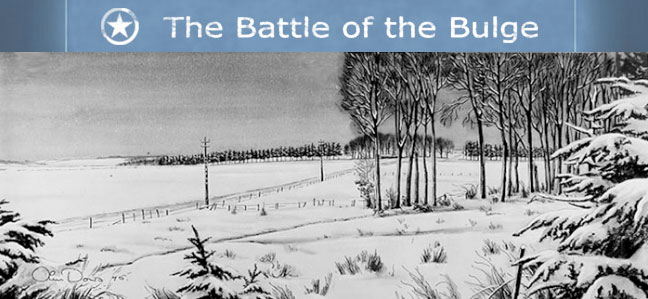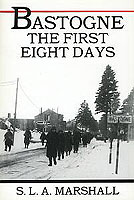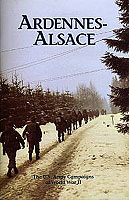Battle of the Bulge

German Counteroffensive (Battle of the Bulge). In December 1944 Adolph Hitler directed an ambitious counteroffensive with the object of regaining the initiative in the west and compelling the Allies to settle for a negotiated peace. Hitler's generals were opposed to the plan, but the Fuhrer's will prevailed and the counteroffensive was launched on 16 December by some 30 German divisions against Allied lines in the Ardennes region. Allied defenses there had been thinned to provide troops for the autumn defensive. Hitler's intention was to drive through Antwerp and cut off and annihilate the British 21st Army Group and the U.S. First and Ninth Armies north of the Ardennes.
Aided by stormy weather which grounded Allied planes and restricted observation, the Germans achieved surprise and made rapid gains at first, but firm resistance by various isolated units provided time for the U.S. First and Ninth Armies to shift against the northern flank of the penetration, for the British to send reserves to secure the line to the Meuse, and for Patton's Third Army to hit the salient from the south. Denied vital roads and hampered by air attack when the weather cleared, the German attack resulted only in a large bulge in the Allied lines which did not even extend to the Meuse River, the Germans' first objective. The Americans suffered some 75,000 casualties in the Battle of the Bulge, but the Germans lost 80,000 to l00,000. German strength had been irredeemably impaired. By the end of January 1945, American units had retaken all ground they had lost, and the defeat of Germany was clearly only a matter of time. In the east the Red Army had opened a winter offensive that was to carry, eventually, to and beyond Berlin.
Detailed account of the Ardennes Counteroffensive from American Military History, vol II, Chapter 5


